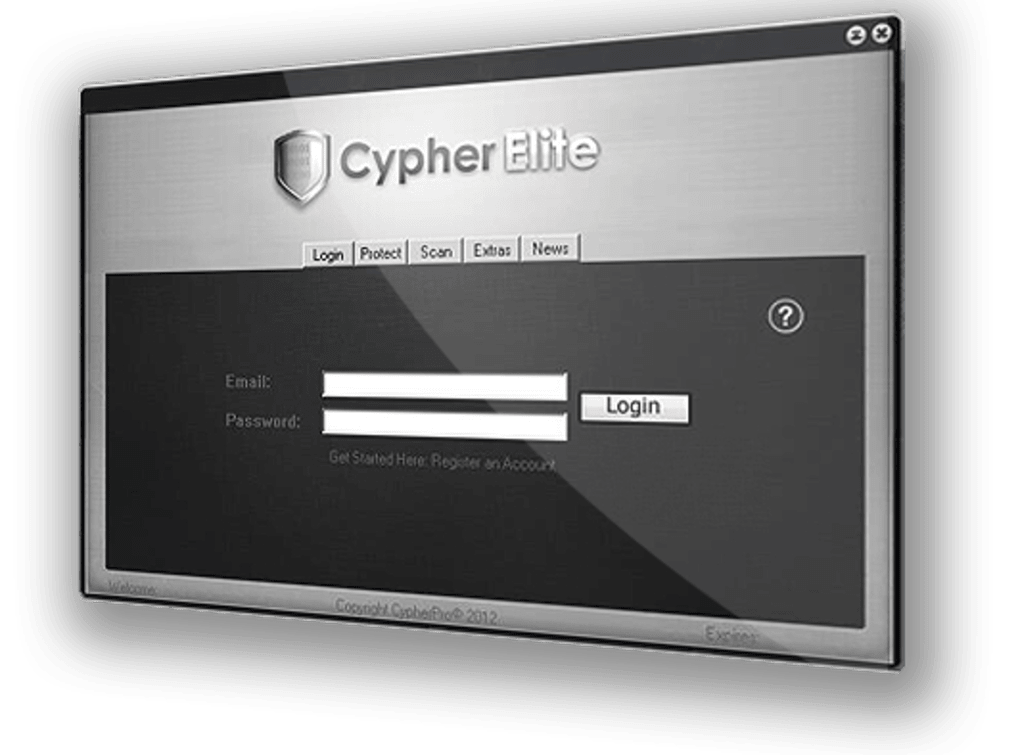


#FUD CRYPTER BUY CODE#
Nevertheless, the overall code can be broken up in 3 blocks. This sample in particular is not at all heavily obfuscated and many core functions still have a descriptive name (i.e. Which, if it is the case, will lead to a fake message displayed to the user and simply stop executing.Īt this stage, no additional anti-analysis checks are performed and the execution proceeds just flawless, passing control to the AutoIT code interpreter. In order to avoid execution (if) monitored, the first layer of the loader only checks if it is being debugged, the same is achieved calling the good old isDebugPresent at offset 0x00403b7A. Final payload (for this sample, DarkComet) does its dirty job.Executes RunPE (via shellcode), in this case, self-process hollowing.Runs decryption routine on one embedded PE resource.sample.exe runs a basic anti-analysis check.In a nutshell, the following steps are executed by the program Ssdeep: 24576:Fu6J33O0c+JY5UZ+XC0kGso6FapiE6kitdnsxWY:Hu0c++OCvkGs9FaeFY Process execution flow Behavior Graph Technical details of the sample are given below First seen (MalSilo): ĭrop site: https//f.cokala/K2bkm.jpg Finally yet importantly, we will have a look to a recent sample.The third section explores more packed malware, and their final payload thanks to MalSilo’s backends (one of which is MISP).The second one, will briefly map CypherIT website advertised features to its code components.The first part of the analysis will take in consideration some of the sample’s layers, reaching its core with the RunPE (shellcode) section.svchost.exe connecting to exotic domainĮverything maliciously normal here, but after a quick check and some metadata quirks it turned out the specimen was packed with CypherIT.Īs far as I can tell from few searches, the crypter is well advertised in forums and YouTube videos. Some time ago, while reviewing old samples reports passed through MalSilo, any caught my attention, below the main triggers of one of these.


 0 kommentar(er)
0 kommentar(er)
